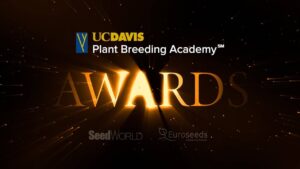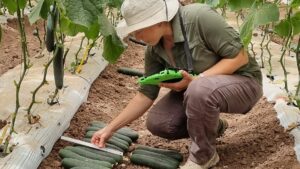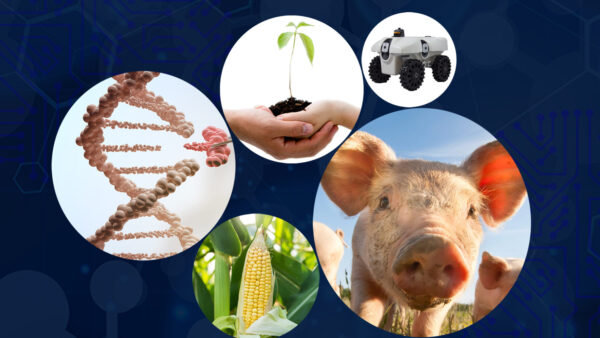With the world population projected to reach 9 billion by mid-century, it is imperative that the seed industry and plant breeders contribute to finding ways to multiply world food production with other stakeholders — while using fewer resources, preserving the environment and producing crops with higher nutrition and safety.
Our contribution comes in the form of education, Seed Biotechnology Center (SBC) educational courses and our flagship program, UC Davis Plant Breeding Academy. These contributions are tailored for the seed industry and are designed to fit into the schedules of working professionals. Our teaching model of “100 years of experience in the classroom” offers interactive sections to show applications of the learning in real life situations. Thus, SBC courses exceed that of one PhD because it is entirely focused on plant breeding, has a practical approach and is taught in majority by experienced plant breeders and active industry professionals.
Continuous Development
Congratulations to all current and future plant breeders and scientists that made the first step to enroll in our renowned international UC Davis Plant Breeding Academy and embark into further development of their plant breeding skills. Kudos to their organizations that recognize the need to invest in developing from within their organizations, too. When I was in the industry and leading R&D teams, I found that, besides giving some structure and “freedom to express” to the teams, investing in your people and developing from within an organization is a great tool for employees’ engagement, as well as retention. This often translates to performance and company bottom line. You all may have heard about the cliché debate: “CFO: What happens if we train them, and they leave? CEO: What happens if we don’t, and they stay?” Thoughtful leaders and human resource executives these days understand that continuous development of their workforce is one of the keys to sustainable and successful businesses.
Plant Breeding
Indeed, when I was just starting with a plant breeding career, we would often call plant breeding “Art of Science,” recognizing the use of scientific disciplines like genetics and statistics — but it also needed a bit of art to put so many things together into commercial products with added value towards growers and the value chain. Later, with intensive development of molecular biology and other tools, we tweaked it to “Art and Science.” But often, we neglect to recognize that plant breeders are working within a much broader external environment that includes growers, plant raisers, processors, retailers and consumers, thus the complete value chain and global nature of seed markets. Take home message here: plant breeders would need to wear a third hat, that of a businessperson, too. Thus, the “Art and Science and Business” definition of plant breeding is to prescribe!
Innovators-in-Chief
Setting up your plant breeding objectives aligned with the needs of your organization is likely the first thing to do before you initiate plant breeding efforts with often limited resources. In breeding, we need to be able to see 10 years down the road. Of course, crop dependent, e.g., for leafy crops it could be shorter, for biennials crops could be longer than 15 years, but the key is to be visionary, and “clairvoyant.” Guess where the market would trend, with or without your influence. It may sound intimidating, and it’s true. But it really starts — besides mastering a “Science and Art'” of plant breeding (which you should!) — with knowing a seed business ecosystem. You should rely on your company’s marketers and processes, but also take opportunity to see outside of your organization and talk, for example, with a grower on their farms and on their packing sheds. When you hear first-hand about problems they face during crop production, harvest, processing and shipping further down the chain, you may be more driven to innovate and try to solve their problems.
One more thing: plant breeding objectives are also your choice! You can decide to be a follower, e.g., identify a market benchmark and make some incremental improvements often called “me too” products, or you can decide to be a leader and set new standards for others to follow. The late Steve Jobs once said, “Innovation distinguishes between a leader and a follower.”
Editor’s Note: This column was originally written by Jovan Djordjevic, director of the UC Davis Plant Breeding Academy.













